Leaked Documents Reveal UTS Executive Travel Costs During $100M Budget Cuts
Staff Reductions at UTS Spark Outrage Over High-Level Travel Expenditure
As the University of Technology Sydney (UTS) proceeds with plans to reduce its workforce by around 10 per cent, leaked documents have revealed that five senior executives spent over AUD 140,000 on a trip to the United States in May 2025. This revelation has drawn criticism, particularly as the university is implementing a $100 million cost-saving initiative, known as the Operational Sustainability Initiative (OSI), which includes cutting approximately 400 jobs.
According to the leaked documents, three executives, Vice-Chancellor Andrew Parfitt and two senior deans, reportedly flew business class, with flight expenses, including domestic travel within the US, ranging between $21,000 and $23,000 each. Parfitt, who is leading the OSI, aims to reduce annual expenditure by $100 million. The expense reports were obtained through freedom of information requests and were leaked to ABC News before their official release.
Accommodation costs for each executive were said to range between $3,000 and $5,000 over an eight-day period beginning on 24 April. A UTS spokesperson justified the trip by stating that alumni events were essential and that senior leaders participated based on operational necessity. The visit was described as particularly important due to the current uncertainty in US policies concerning higher education funding and collaboration. Additionally, the documents noted that the OSI is being managed by consultants from KPMG for $5 million, a figure the university called “standard practice.” Two other executives were reported to have flown to the US, one in economy class for $7,200, and another in premium economy for $13,995. The purpose of the visit included hosting three alumni events, such as a sunset reception on the 71st floor of the Los Angeles Intercontinental and another at New York’s historic Penn Club.
Details from the documents stated that the Los Angeles event, which included a leadership dinner for 11 and a reception for 30, cost $13,728, with a menu featuring luxury items such as Humboldt Fog goat cheese, bacon-wrapped sea scallops, and Emmolo sauvignon blanc. The Penn Club event reportedly hosted 44 guests for a reception and 15 for a leadership lunch, costing $12,288, and included dishes like blackened shrimp and seared fillet of beef forestière. In addition to these receptions, the delegation was said to have participated in “thought leadership sessions” and conducted 12 individual meetings with alumni and prospective donors. The total cost of flights, accommodation, transport, catering, and food for the five executives amounted to $140,119.09. The university defended the expenditure, with a spokesperson stating that such visits are crucial for fostering alumni relations, engaging potential donors and partners, identifying investment opportunities, and securing philanthropic support that benefits both students and the institution.
However, the spending was strongly criticised by the National Tertiary Education Union. Its national president, Dr Alison Barnes, described the expenses as “deeply shocking,” especially in the context of ongoing job cuts. She remarked that it was inappropriate to fund business class travel and upscale receptions while staff faced job losses and uncertainty. Concerns about governance and accountability within Australia’s higher education sector had already come under scrutiny earlier in the year, following a Senate inquiry into transparency and workplace compliance. The inquiry reportedly found evidence of wage underpayment at several universities, prompting large-scale repayments. While it is unclear whether Senate hearings will resume later this year, an interim report pointed to systemic non-compliance with workplace laws.
Labour Senator Tony Sheldon, who chaired the inquiry, criticised UTS for spending millions on consultants while proposing widespread staff and course cuts. He emphasised the need for responsible decision-making by university administrators during such critical times. As universities across the country appeal for increased government funding to support teaching and research, Dr Barnes argued that any additional resources should be prioritised for academic and student needs, not executive travel. She also noted that Australian university vice-chancellors remain among the highest paid globally, with average annual salaries exceeding $1 million. The controversy underscores growing tensions between institutional cost-cutting measures and executive spending in Australia’s higher education landscape.
Editor’s Note:
The recent revelations about the University of Technology Sydney’s (UTS) spending on a high-cost overseas trip by senior executives come at a time when the university is planning to cut hundreds of staff jobs. This has raised serious concerns about priorities in higher education. While the university says the visit was meant to strengthen ties with alumni and attract donors, the timing and scale of the expenses, especially business-class flights and luxury dinners, have left many questioning how responsibly public funds and student fees are being used.
Universities are important institutions that shape the future of education and research. However, when staff face job losses and students face reduced services, spending such large amounts on travel and hospitality can seem unfair and out of touch.
Skoobuzz underscores that as Australia’s higher education sector asks for more government support, it is vital that institutions lead by example, making transparent, fair, and thoughtful decisions that focus on students, staff, and the long-term health of education.







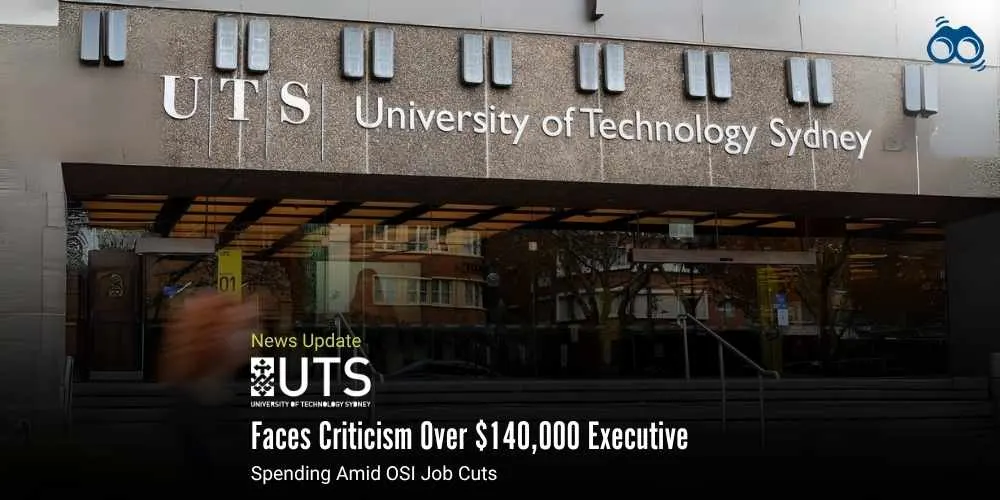
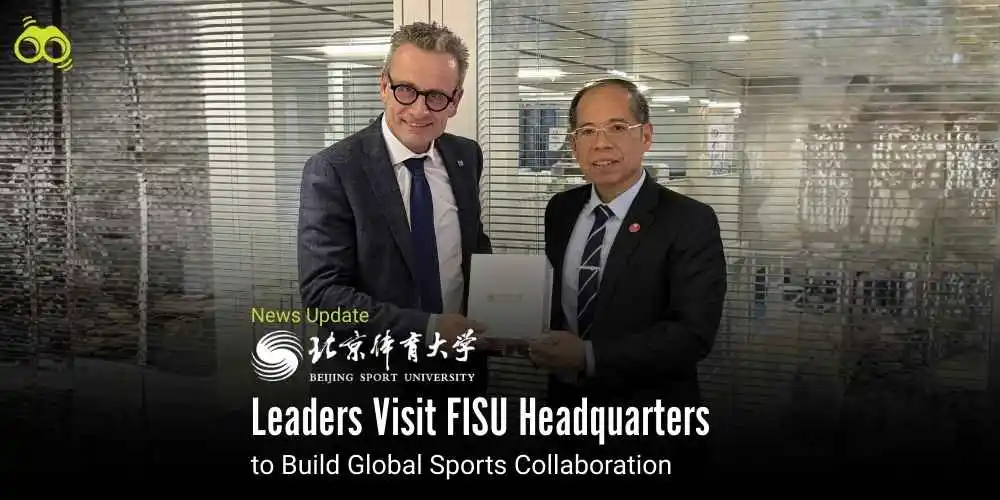
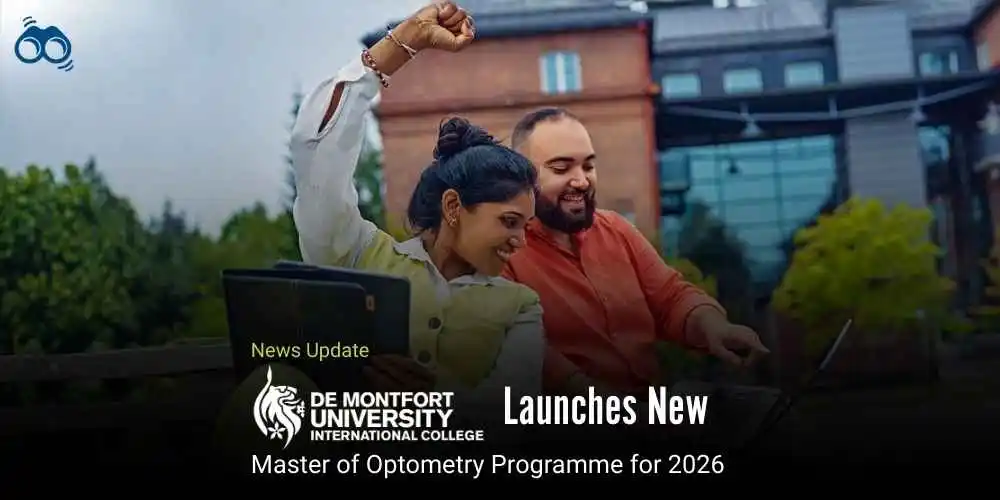
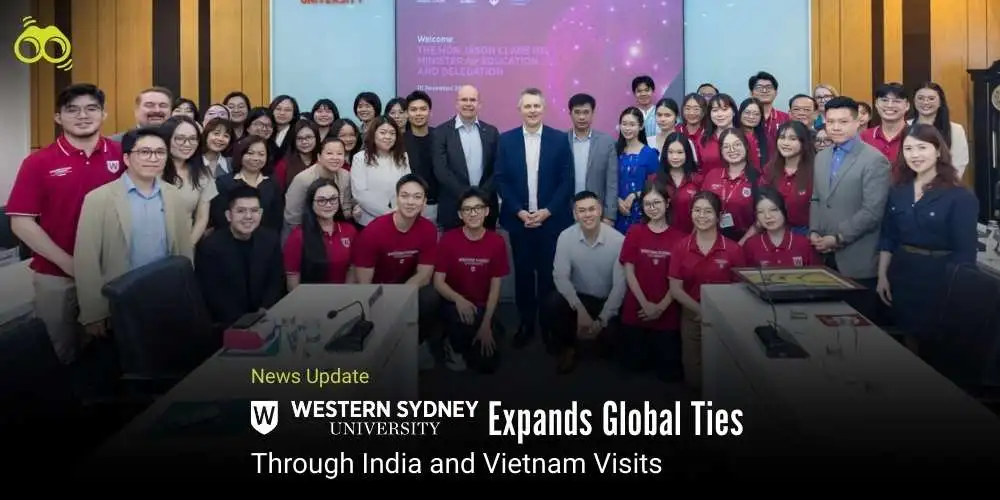
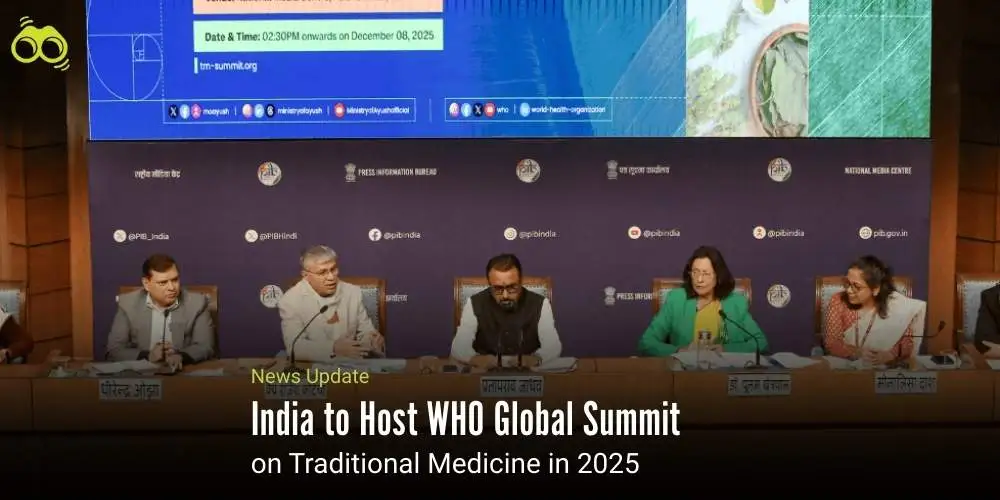
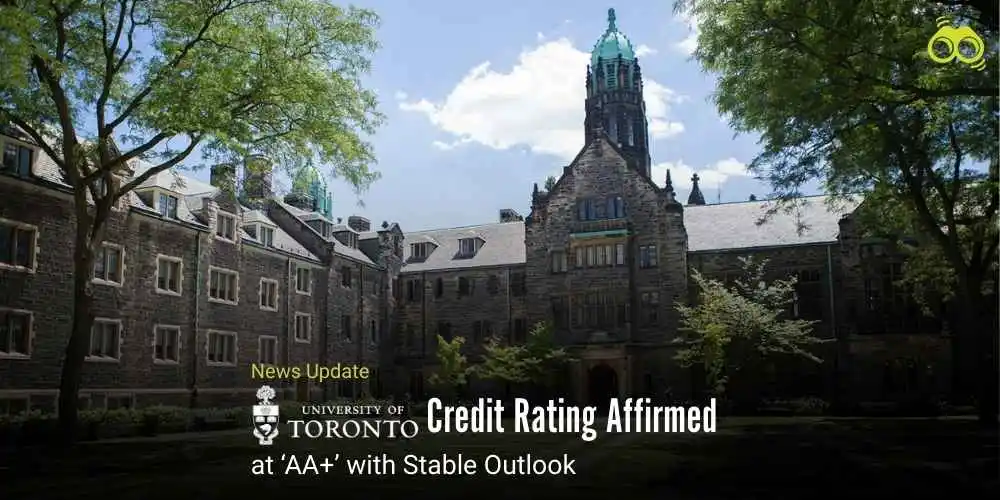

0 Comments (Please Login To Continue)